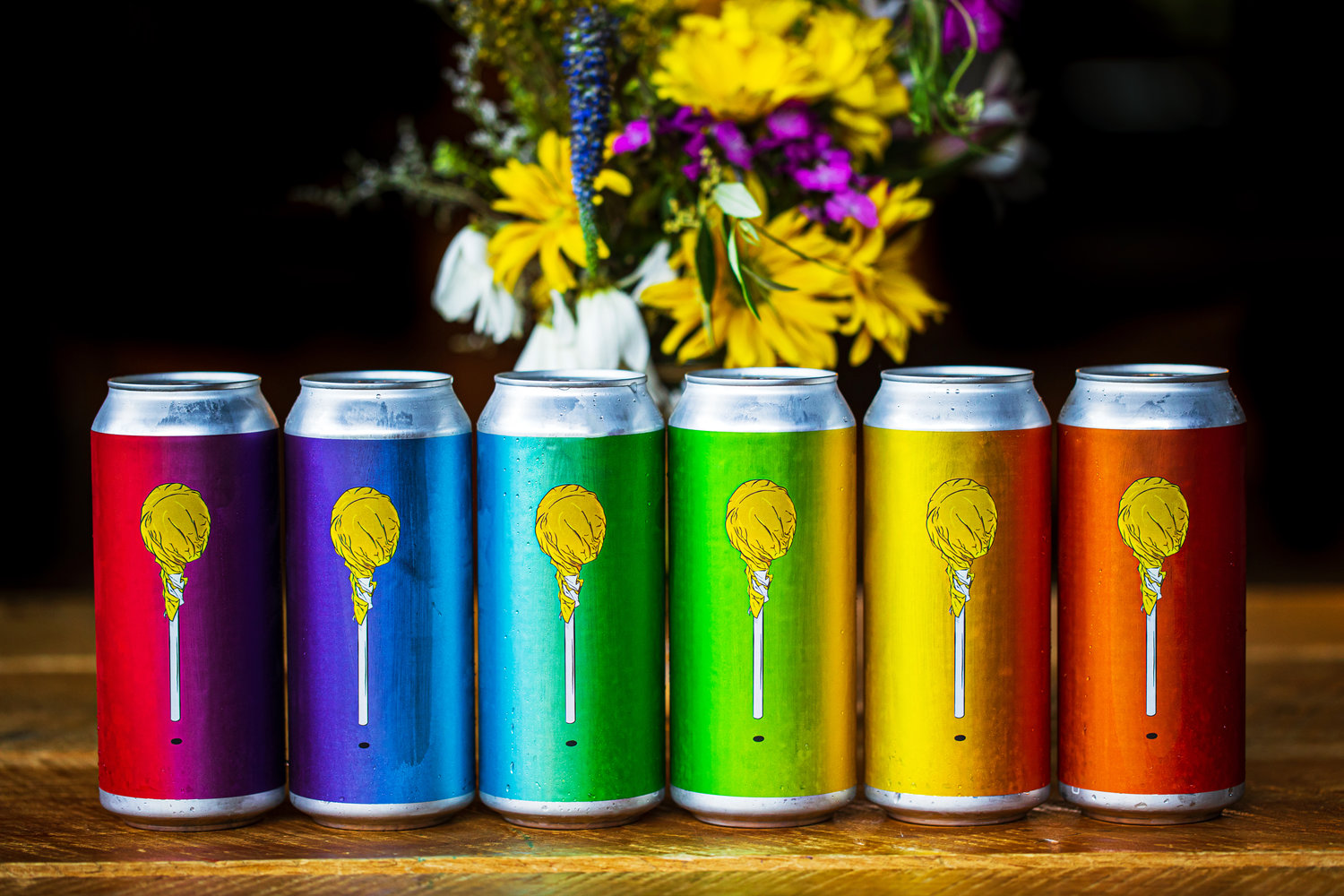Table of Content
Under federal law, it is permissible for anyone to share home brewing equipment for tastings, competitions, and other events. Homebrewers may find it challenging to start with the beer brewing process when they do not have an idea about it. But, once you get the hang of it, you conclude that it is a pretty simple process once you follow the guidelines accordingly. Once you have the finished product ready, you’d want to bottle them up. For that, you must consider getting about two cases of sanitized, non-twist top-quality beer bottles.

Beer with living yeast will continue to age and change in the sealed container. In most styles, the changes are subtle though most drinkers can pick up on them if they pay attention. The changes are also quick and within the course of a few months the beer has petered out and that stale, lifeless quality starts to creep in.
Featured Articles
Then, add 5 pounds (2 ¼ kilograms) of liquid malt extract and ½ ounce of hops to the pot. Twenty minutes in, tie your extra spices, like coriander, cardamom, and ginseng, in a piece of cheesecloth and drop them into the pot of water. After the full hour, let the liquid in the pot, called “the wort,” cool to 80°F (35°), then funnel it into the carboy. Funnel filtered water into the carboy until you reach the 5-gallon (19-liter) mark. Next, funnel the activated liquid brewing yeast into the carboy and seal the carboy with your airlock and stopper. Place the carboy in a dark area away from sunlight and let it ferment for 14 days.
I placed them in the living room and gradually they warmed up. After two weeks I opened a beer and boom, I was rewarded with the sound of CO2 releasing from the beer. The yeast had appreciated the warmer temperature, came out of hibernation and got to work on the sucrose. The Institute of Beer is a leading beer education provider bringing together some of the most experienced and successful people from brewing and allied industries.
Don’t…
Heat spoils beer over time, so beer is best kept at cool but not frozen temperatures. Although some people enjoy freezing their beer prior to consuming it, frozen beer cells never quite return to the way they used to be and so the beer won't taste as good. If you store your beer correctly, you won’t be disappointed by a bad brew. Moreover, if you're interested in the properties of aged beer, storing beer can prove to be an interesting exploration in how beer can improve over time.
And if you take notes, you can adjust your storage temperature to keep any beer at your preferred temperature. We call that the perfection point, and it’s definitely within your reach when you know what you’re doing. There’s no such thing as bad beer, only beer that you don’t like. Some people prefer light, crisp beers while others prefer dark, malty beers. Some people like fruity beers while others prefer hoppy beers.
Step 4: Bottling
The malt extract and the hops are then added and boiled for approximately 60 minutes. After your brewing equipment is thoroughly cleaned, take your plastic fermenting bucket, or another large vessel, and fill it with the correct amount of water/sanitizer ratio. For most new home brewers, buying a complete beer making kit is a simple way, and the easiest way to get started brewing. Most beer kits will include just about everything you need to brew your first batch of great beer, right out of the box. Depending on your brewing method, your brew day can take anywhere from two to eight hours, which can end up being an all day job. Primary fermentation can take up to a week or more, and secondary fermentation if needed, can tack on another week to ten days.

While barley is usually the recommended grain for beer, you can also use other types such as wheat, oats, corn, rice, millet or sorghum. The water that you use in your homebrew, can have a distinct outcome of your beer. Hard water contains a number of minerals, while soft water contains sodium as it’s only ion.
You’ll also need cracked grains, liquid brewing yeast, liquid malt extract, hops, extra spices for flavoring, and conditioning tablets. A beer brewing kit will come with everything you need to get started if you don’t want to buy your equipment and ingredients separately. Once you have everything, sanitize your equipment by soaking it in diluted bleach for 20 minutes.
It can be a little confusing to figure out how much it would cost to home-brew beer because there are so many different variables that go into the cost. But, generally, you should expect to spend about $100 for the supplies you’ll need to get started and about $25-30 per batch. However, if you were to home-brew 100 beers and assuming the cost for 1 keg of home-brew beer is $85, your per-beer cost would be 85 cents per beer. That means it would only cost $850 to brew 100 beers vs. buying 100 beers from the store which would cost around $1,000.
Malted grain and malt extract should be stored between degrees. Store malted grains in dry, airtight containers to keep out vermin, and store liquid malt extract in its original can, using the expiration date to judge its timing . Otherwise, your liquid malt extract can be prone to spoilage and contamination.
Depending on the style, the process takes between 2-3 months to complete. The goal of this article is to go over lager fermentation in greater depth. The general rule is that homebrew will perform well in the first six months. If the beer is left out at room temperature for more than six months, it will taste bitter.
No comments:
Post a Comment